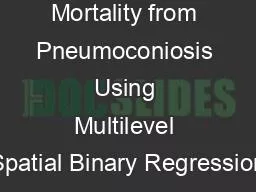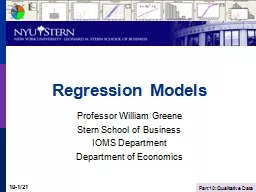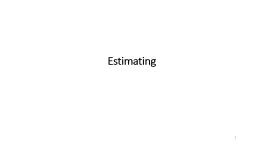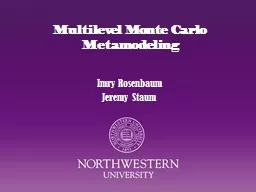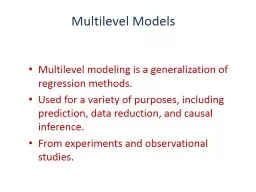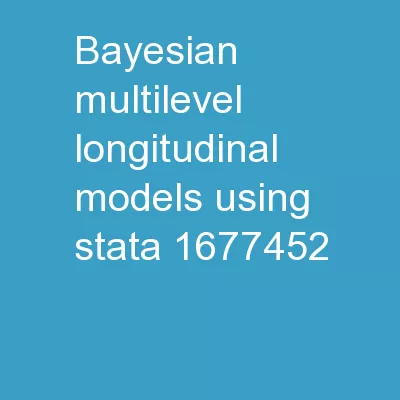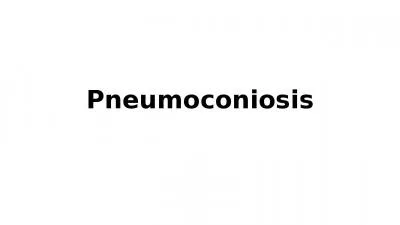PPT-Estimating Mortality from Pneumoconiosis Using Multilevel Spatial Binary Regression
Author : playhomey | Published Date : 2020-06-23
Rajib Paul PhD University of North Carolina at Charlotte November 6 2019 Joint work with Ahmed Arif Eric Delmelle Claudio Owusu Gabriela Brissette and Oluwaseun
Presentation Embed Code
Download Presentation
Download Presentation The PPT/PDF document "Estimating Mortality from Pneumoconiosis..." is the property of its rightful owner. Permission is granted to download and print the materials on this website for personal, non-commercial use only, and to display it on your personal computer provided you do not modify the materials and that you retain all copyright notices contained in the materials. By downloading content from our website, you accept the terms of this agreement.
Estimating Mortality from Pneumoconiosis Using Multilevel Spatial Binary Regression: Transcript
Download Rules Of Document
"Estimating Mortality from Pneumoconiosis Using Multilevel Spatial Binary Regression"The content belongs to its owner. You may download and print it for personal use, without modification, and keep all copyright notices. By downloading, you agree to these terms.
Related Documents

